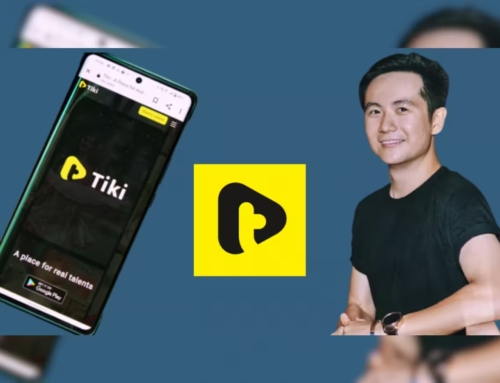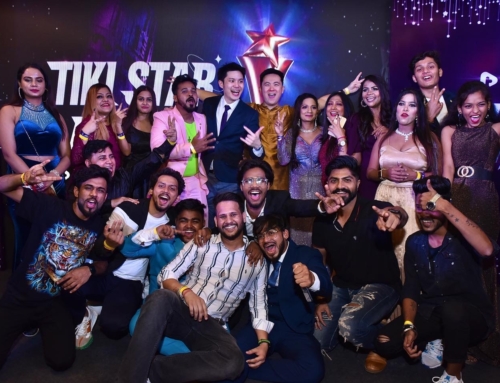This article was written for The Times of India
“It was the best of times, it was the worst of times” – Charles Dickens
It is seemingly the best of times for the creator economy in India. As per the Bain & Company report, titled ‘Short-form video is poised to grow to 600 to 650 million users in India by 2025’, India’s online video user base has scaled to more than 350 million people, growing 24% from 2018 to 2020. Usage per active user has also grown dramatically—the daily time spent per active user on online videos has simultaneously grown by 60% to 70% from 2018 to 2020. But with the new TDS rule, micro and tech influencers might get impacted. However, the government is recognising the influencers as professionals, which is a massive validation for the space.
One can see a golden rush of short video companies but there are great risks and challenges on the horizon and it is getting difficult to sustain in the market. While so many big techs are celebrating their best of times and expecting short videos to become their cash cows, many of Indian creators are actually in their worst of times. It is rare that their originality is appreciated; or they feel belonging to or supported by a community. The dilemma for the Indian creator economy is that the creators are not the winners of the boom, they are not even fairly represented by the media. Without the success and the satisfaction of creators, the creator economy is nothing but another bubble economy.
In the era of crawler and copied content, it has become necessary that we recognise and appreciate the originality in short format videos (SFV). It’s wise to look into the case studies of traditional sectors of the creative industry, like movies. Taking Hollywood as an example, the most powerful and sustainable creative hub in the world, they don’t honor creators with easy money. They honor creators with a complex legal and business system for originality. Only if the originality or intellectual property is protected, creators can thrive through their talents. So, maybe after regularizing the influencer space in India, the creators’ intellectual property rights are protected.
It is seen that many SFV platforms in India are pirating content from other apps. Crawling content is also crawling to the users. Many platforms claim they have the state-of-the-art algorithm that distributes the best content to users. However, it’s just an art of faking and cheating. Although the solution for originality protection is easier said than done, short video platforms should only allow original content to be created and posted. That’ll be the 1st giant leap for real talented creators to survive their worst of times.
The second challenge for the creator economy is that medium and small creators can hardly monetize their talents. Traditional monetisation methods mainly allowed digital content creators to earn money through ad revenues and brand sponsorships. However, this required them to have amassed significant engagement numbers or achieved partner status on digital platforms – a difficult task for casual creators to undertake without significant effort. Ad revenues are shared with creators in an unfair black-box mechanism. For example, on YouTube, an Indian talented creator might earn much less than his or her counterpart in the US, even if he is more talented or has more followers or views. That’s because certain apps arbitrarily identify Indian creators with low ad values.
For brand sponsorships, it’s even more polarized towards the top established creators, leaving the budding ones in an awkward position. The upcoming and even the grassroots ones should have an opportunity to monetize their talents. A decent and transparent monetization should NOT be a privilege for medium and small creators. Platforms have the duty to provide easy access. For instance, the creation of cash-convertible in-app virtual gifts on apps allows audiences to support creators through virtual gifting.
The third challenge for the creator economy is that SFV creators feel underrepresented, disenfranchised, and even misinterpreted by the public. A survey by Tiki recently showed that about 41% of the Indian creators think that they don’t have positive exposure in society or even any exposure at all. Therefore, in order to get recognition at larger levels, it is essential for them to recognise and appreciate creators from their own community and create their own guilds, get united, and respect and support each other. “Community Building” is the solution for the last challenge. We want our creators to feel as honored as Bollywood stars one day.
While everybody is talking about Web 3.0 and metaverse. The SFV community is transcending the boundary between online and offline and will truly be the dawn of the best of times for the creator economy —- a creator economy of the creators, by the creators, and for the creators.














